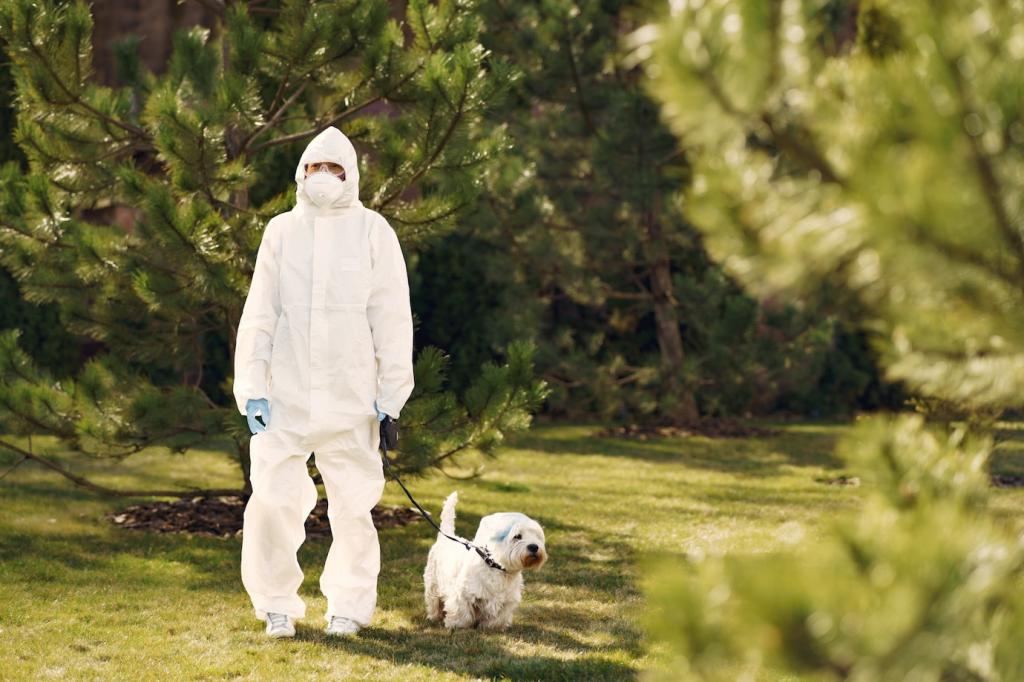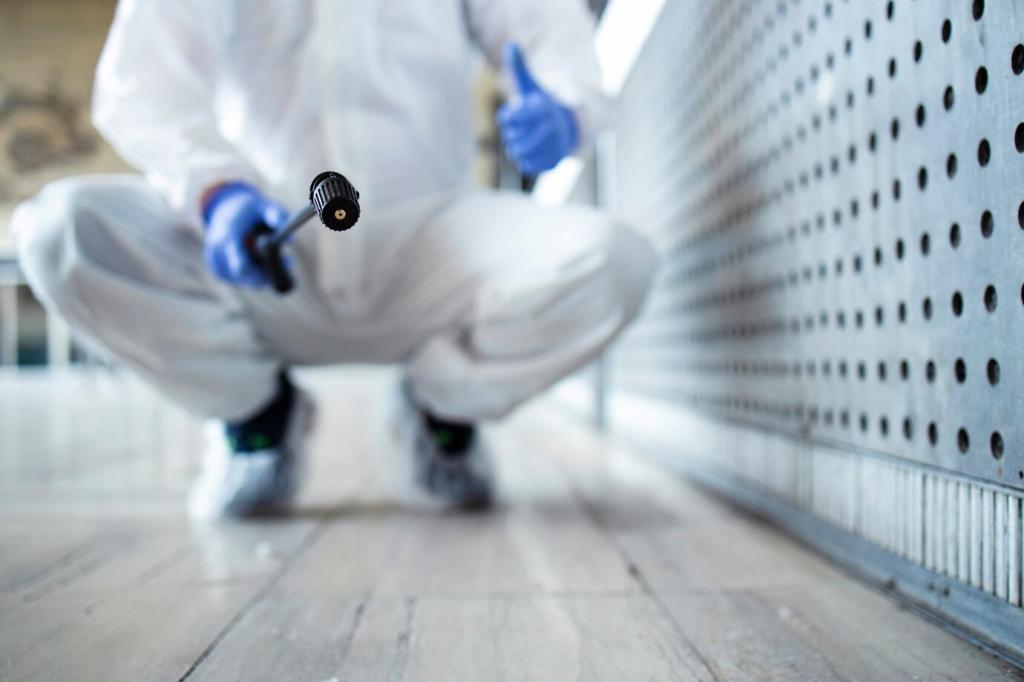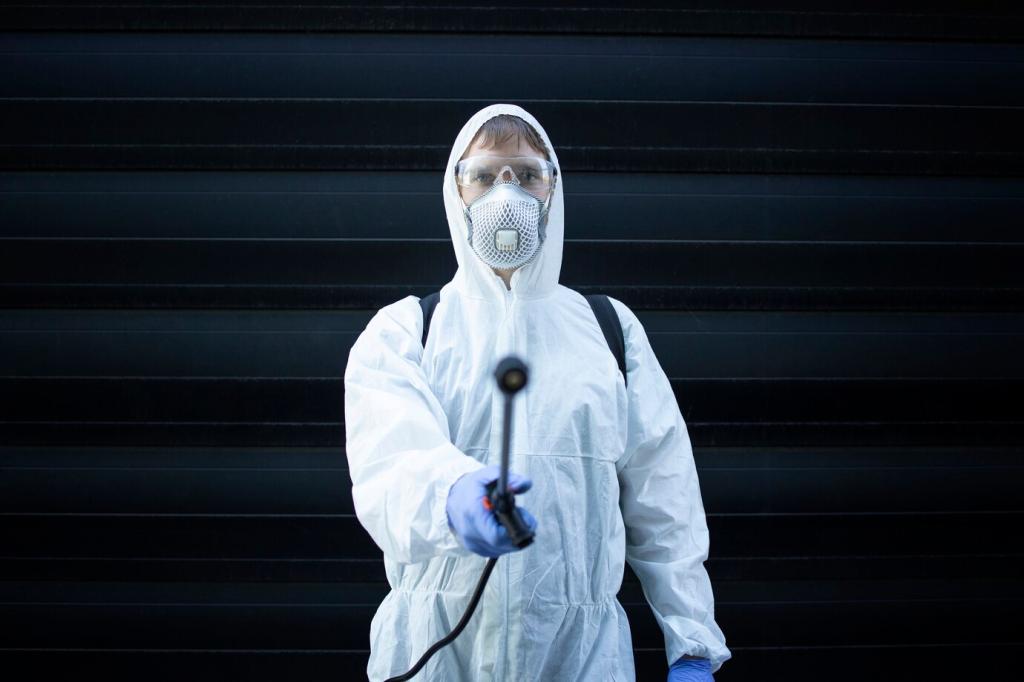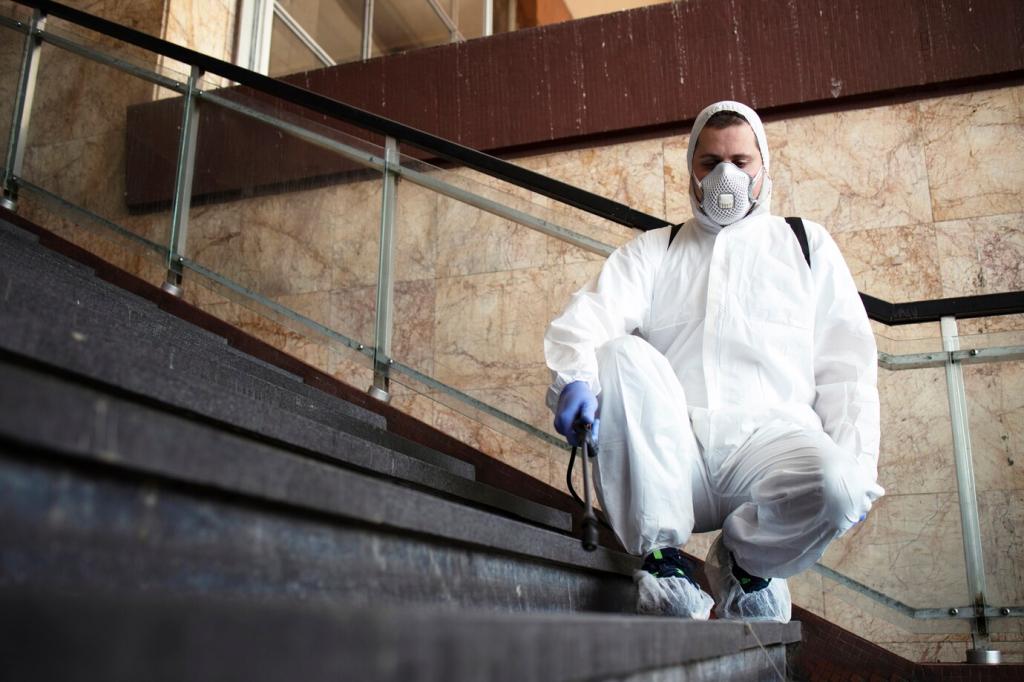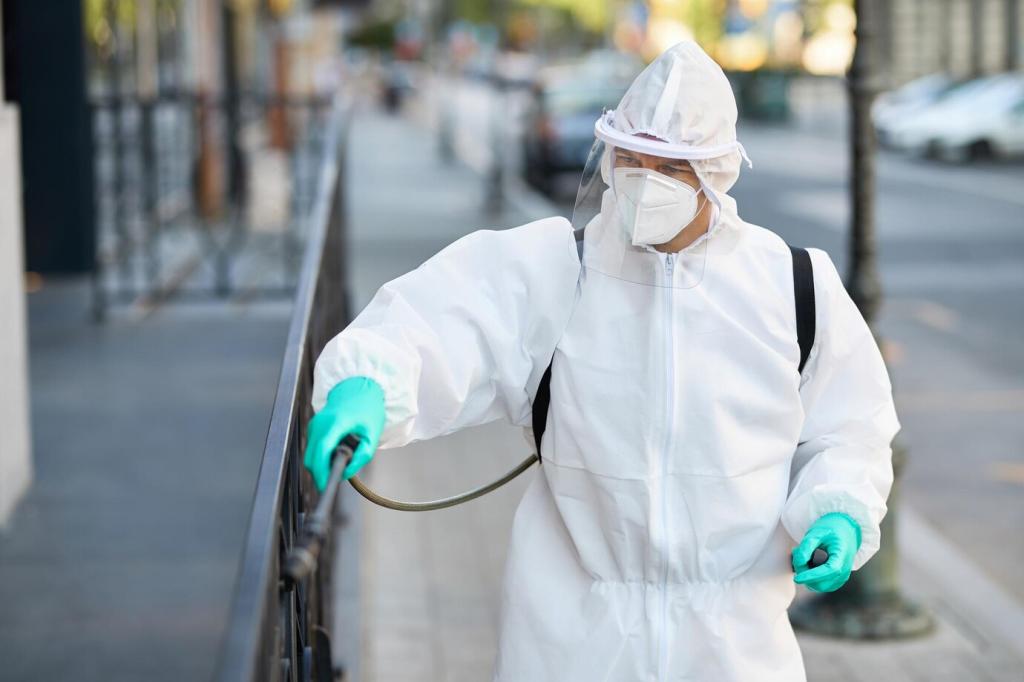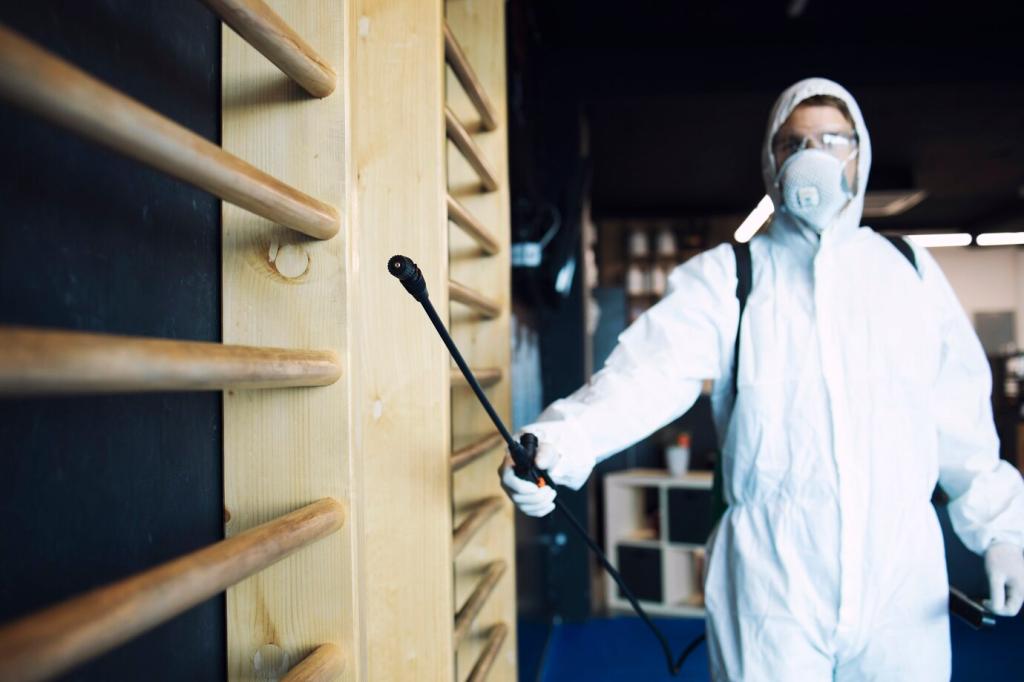Application Methods for Furniture-Safe Precision
Use straw-tip nozzles to reach joints, dowel holes, and screw recesses. Apply low volumes, then wipe any residue before it dries. Practice on cardboard to refine control, and keep a flashlight handy. What’s your go-to technique for those stubborn, hairline seams?
Application Methods for Furniture-Safe Precision
A light, almost invisible layer of silica or diatomaceous earth works best. Avoid caking that can stain or clump. Use a hand puffer, mask up, and target spring cavities. Share how you balance thorough coverage while keeping upholstery clean and breathable.
Application Methods for Furniture-Safe Precision
Severe beetle infestations sometimes require chamber or structural fumigation by licensed professionals using sulfuryl fluoride. It leaves no residue and penetrates deep galleries, but it is strictly pro-only. Curious about logistics, timelines, or costs? Ask your questions and we’ll gather expert answers.
Application Methods for Furniture-Safe Precision
Lorem ipsum dolor sit amet, consectetur adipiscing elit. Ut elit tellus, luctus nec ullamcorper mattis, pulvinar dapibus leo.

